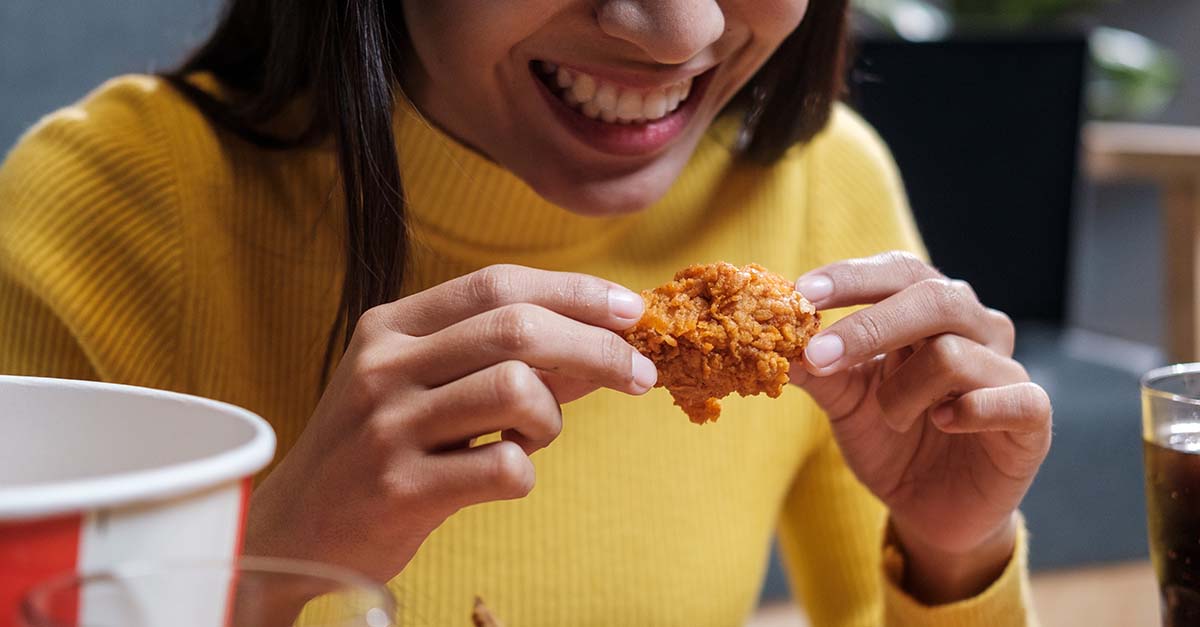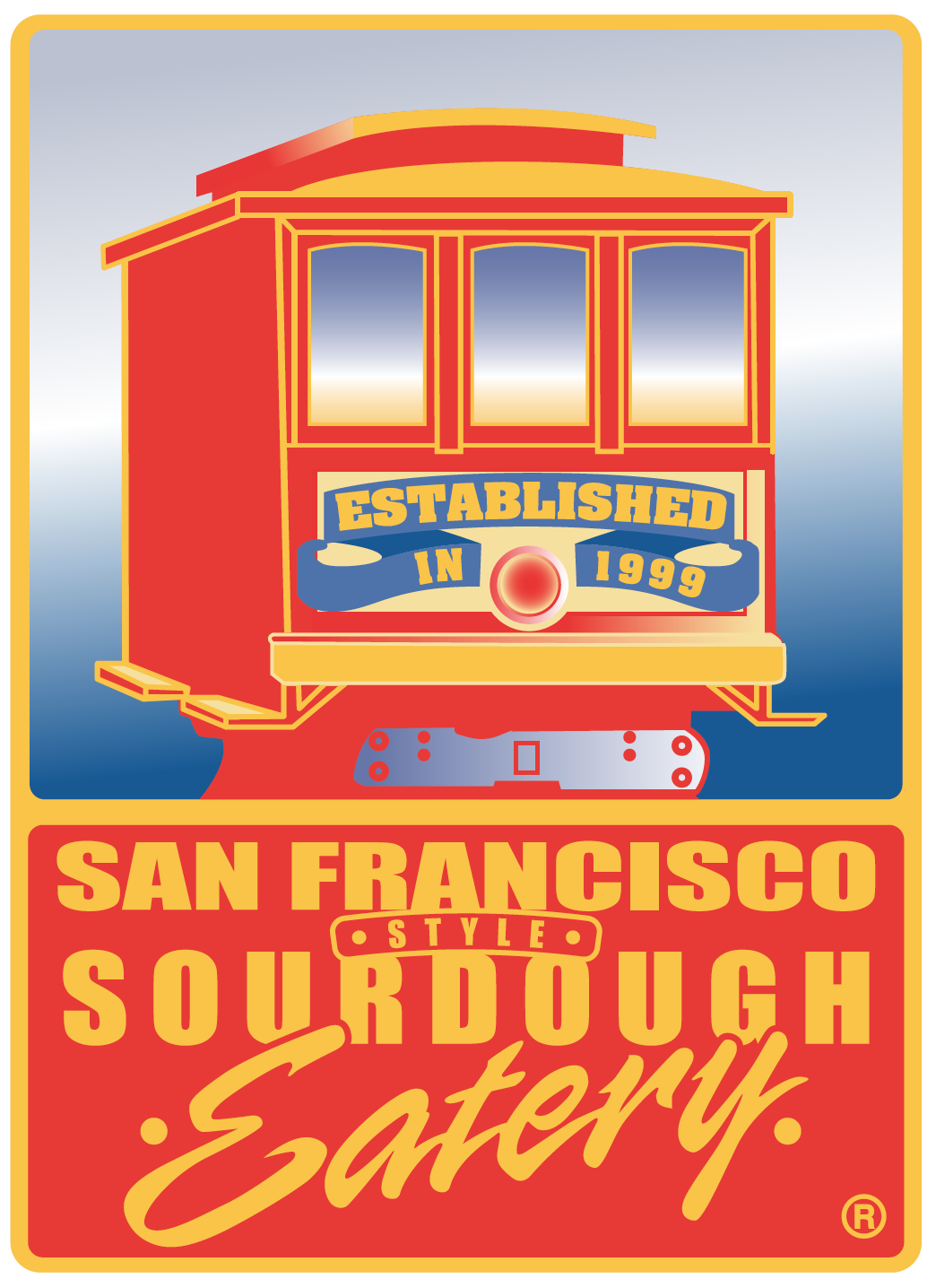How retailers benefited from more categories on Upside
Expansion into food categories drives 74% app usage surge and 31% net-new revenue growth for retailers in the Midwestern US.
How retailers benefited from more categories on Upside
Expansion into food categories drives 74% app usage surge and 31% net-new revenue growth for retailers in the Midwestern US.
How retailers benefited from more categories on Upside
Expansion into food categories drives 74% app usage surge and 31% net-new revenue growth for retailers in the Midwestern US.
increase in app usage after 80 premier grocery stores joined Upside
increase in transactions through Upside for existing retail partners
lift in incremental revenue for retail partners after 200+ restaurants and grocers joined Upside
Drive more transactions to participating retailers
In 2016, Upside began as a single-category marketplace for fuel retailers and drivers. Until about 2020, most of our American markets consisted of gas stations exclusively. This particular region in the Midwest was no exception.
The platform was driving consistent value to fuel partners, but Upside saw an opportunity to:
- Make Upside more relevant to users' daily lives
- Increase user engagement high
- Drive more incremental revenue to retailers
Expand beyond fuel and into food
Adding more businesses in more everyday buying categories increases the relevance of the Upside product, and increases the visibility of existing retailers already on the Upside platform. And with Upside’s ability to generate personalized, profitable user promotions, those users are incentivized to choose participating retailers over competitors.
The hypothesis was this: If we make the Upside product more valuable to users, they would use the product more, retention rates would rise, and participating retailers would see more transactions.

At the end of 2021, Upside added 200+ grocery and restaurant locations to the platform in one Midwest city.
Like fuel, food is an essential, inelastic good that consumers have to buy even during inflationary times. Upside invests hundreds of millions of dollars each year to acquire users, and those users were already looking to Upside to decide where to fuel up. Adding grocery and restaurant options makes the product more interesting to those users, and puts these retailers — as first-movers — in front of tens of thousands of people who aren’t necessarily choosing them today.
More Upside users, transactions, and profit for existing retailers
Upside’s data shows that adding additional buying categories and offering profitable, dynamic customer incentives increase the rate at which consumers transact in the marketplace, transforming both user behavior and retailer revenue. In this case, the addition of grocery stores contributed to a staggering 74% uptick in Upside app usage and a 31% increase in incremental revenue for existing retailers on the platform.
Impact on existing restaurant partners
In that same city, adding these new categories doubled the performance of existing restaurant retailers. In the two months following the launch, early-mover restaurants experienced:
- 2x increase in daily users per site
- 2x increase in transactions
- 2x increase in incremental revenue through Upside
That’s not a city-specific result.
In a different city, one Chicago-area pizza chain saw a 50% increase in Upside transactions when other restaurants (including other pizza shops) launched in their market. Even though users had double the number of restaurants to choose from, this pizza chain experienced:
- 28% increase in unique users viewing their location’s offers
- 3x more offers generated per site
- 2x increase in user engagement*
*Defined as the average monthly number of times users checked the Upside app and saw an offer
Impact on existing fuel retailers
In 2022 alone, Upside’s multi-category users transacted 70% more than fuel-only users, generating 60% more revenue for fuel and c-store retailers.

So what’s the big picture?
Upside is a great example of a single-category product turned multi-category, and the impact on consumer metrics is astounding. Upside started in fuel, and our user metrics were strong because of the relatively inelastic demand for fuel. But as we’ve evolved and expanded into the restaurant and grocery categories, we’ve seen a dramatic difference in key user metrics in these multi-category markets.
The more interesting the inventory, the more valuable the product, and the higher the app usage and user retention. The more customers use the app, the higher the retention rates, and the more transactions are driven to participating retailers. That means more incremental profit for retailers.
By giving users more opportunities to earn cash back and retailers more opportunities to reach new customers, Upside is creating a more valuable experience for everyone involved.
Ready to get started? Learn how Upside can help you reach new customers, motivate them to visit and buy more, and earn proven profit.
Share this article:
Retailer profile

Retailer case study
Fuel, Restaurant, & Grocery
increase in app usage after 80 premier grocery stores joined Upside
increase in transactions through Upside for existing retail partners
lift in incremental revenue for retail partners after 200+ restaurants and grocers joined Upside
Drive more transactions to participating retailers
In 2016, Upside began as a single-category marketplace for fuel retailers and drivers. Until about 2020, most of our American markets consisted of gas stations exclusively. This particular region in the Midwest was no exception.
The platform was driving consistent value to fuel partners, but Upside saw an opportunity to:
- Make Upside more relevant to users' daily lives
- Increase user engagement high
- Drive more incremental revenue to retailers
Expand beyond fuel and into food
Adding more businesses in more everyday buying categories increases the relevance of the Upside product, and increases the visibility of existing retailers already on the Upside platform. And with Upside’s ability to generate personalized, profitable user promotions, those users are incentivized to choose participating retailers over competitors.
The hypothesis was this: If we make the Upside product more valuable to users, they would use the product more, retention rates would rise, and participating retailers would see more transactions.

At the end of 2021, Upside added 200+ grocery and restaurant locations to the platform in one Midwest city.
Like fuel, food is an essential, inelastic good that consumers have to buy even during inflationary times. Upside invests hundreds of millions of dollars each year to acquire users, and those users were already looking to Upside to decide where to fuel up. Adding grocery and restaurant options makes the product more interesting to those users, and puts these retailers — as first-movers — in front of tens of thousands of people who aren’t necessarily choosing them today.
More Upside users, transactions, and profit for existing retailers
Upside’s data shows that adding additional buying categories and offering profitable, dynamic customer incentives increase the rate at which consumers transact in the marketplace, transforming both user behavior and retailer revenue. In this case, the addition of grocery stores contributed to a staggering 74% uptick in Upside app usage and a 31% increase in incremental revenue for existing retailers on the platform.
Impact on existing restaurant partners
In that same city, adding these new categories doubled the performance of existing restaurant retailers. In the two months following the launch, early-mover restaurants experienced:
- 2x increase in daily users per site
- 2x increase in transactions
- 2x increase in incremental revenue through Upside
That’s not a city-specific result.
In a different city, one Chicago-area pizza chain saw a 50% increase in Upside transactions when other restaurants (including other pizza shops) launched in their market. Even though users had double the number of restaurants to choose from, this pizza chain experienced:
- 28% increase in unique users viewing their location’s offers
- 3x more offers generated per site
- 2x increase in user engagement*
*Defined as the average monthly number of times users checked the Upside app and saw an offer
Impact on existing fuel retailers
In 2022 alone, Upside’s multi-category users transacted 70% more than fuel-only users, generating 60% more revenue for fuel and c-store retailers.

So what’s the big picture?
Upside is a great example of a single-category product turned multi-category, and the impact on consumer metrics is astounding. Upside started in fuel, and our user metrics were strong because of the relatively inelastic demand for fuel. But as we’ve evolved and expanded into the restaurant and grocery categories, we’ve seen a dramatic difference in key user metrics in these multi-category markets.
The more interesting the inventory, the more valuable the product, and the higher the app usage and user retention. The more customers use the app, the higher the retention rates, and the more transactions are driven to participating retailers. That means more incremental profit for retailers.
By giving users more opportunities to earn cash back and retailers more opportunities to reach new customers, Upside is creating a more valuable experience for everyone involved.
Ready to get started? Learn how Upside can help you reach new customers, motivate them to visit and buy more, and earn proven profit.
Share this article:
Request a demo
Request a demo of our platform with no obligation. Our team of industry experts will reach out to learn more about your unique business needs.















